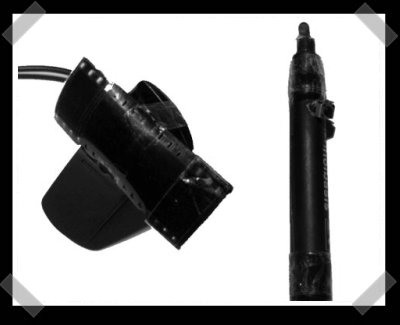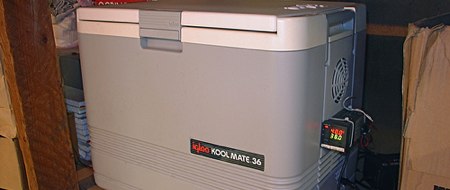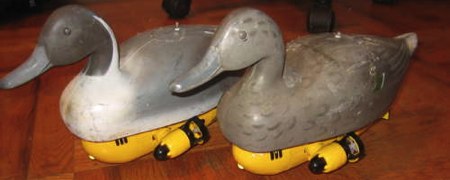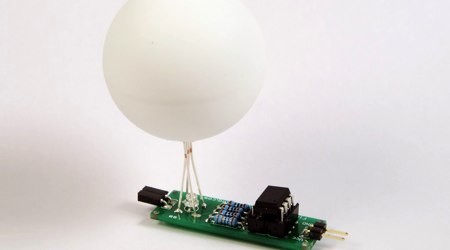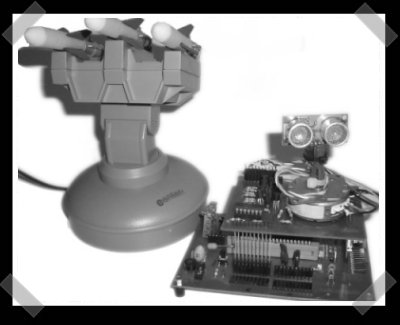
Power monitoring and home automation systems are coming to mainstream consumers. The New York Times covers the latest technologies (annoying login required) that improve and monitor energy efficiency in the home. As energy use and costs continue to increase, companies are popping up to offer cheaper solutions that will help consumers monitor energy usage, and decrease it simultaneously. Companies like Zigbee offer wireless protocols to track usage, and “smart metering” systems can communicate with appliances to reduce unnecessary energy usage.
Home automation systems can be set up to control a single system, such as a home theater, or multiple systems throughout a home, like audio, lighting, and temperature. Control4 offers controllers that will allow consumers to regulate their lighting, blinds, and temperature in their homes. Smart meters such as Echelon’s NES system offers users some great features, such as the ability to provide automated reads of electric and gas meters, and enabling load shedding during peak consumption periods, by controlling appliances like air conditioners and water heaters. By allowing the consumers to determine and control how much energy they use, they can successfully reduce their energy consumption levels a significant amount, but whether it’s worth the cost of investment remains to be seen. Although the prices of home automation systems have dropped from over $30,000 to about $5,000, it’s still much more than most consumers can afford.
We’ve covered home automation tools before. We like them because they’re still way more affordable than the offerings available, and the technology is more transparent. If you’ve got a creative and cheap solution to monitoring energy consumption, we’d love to hear it.
[via Waxy]

